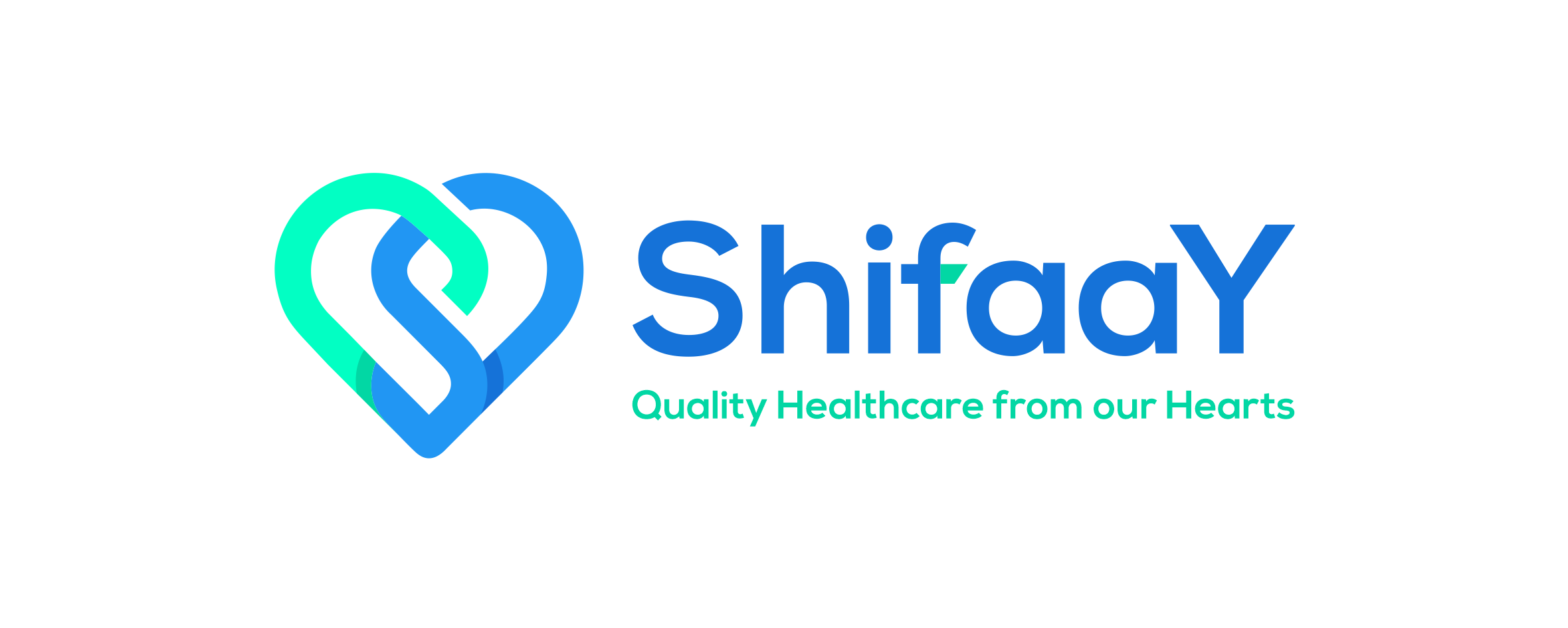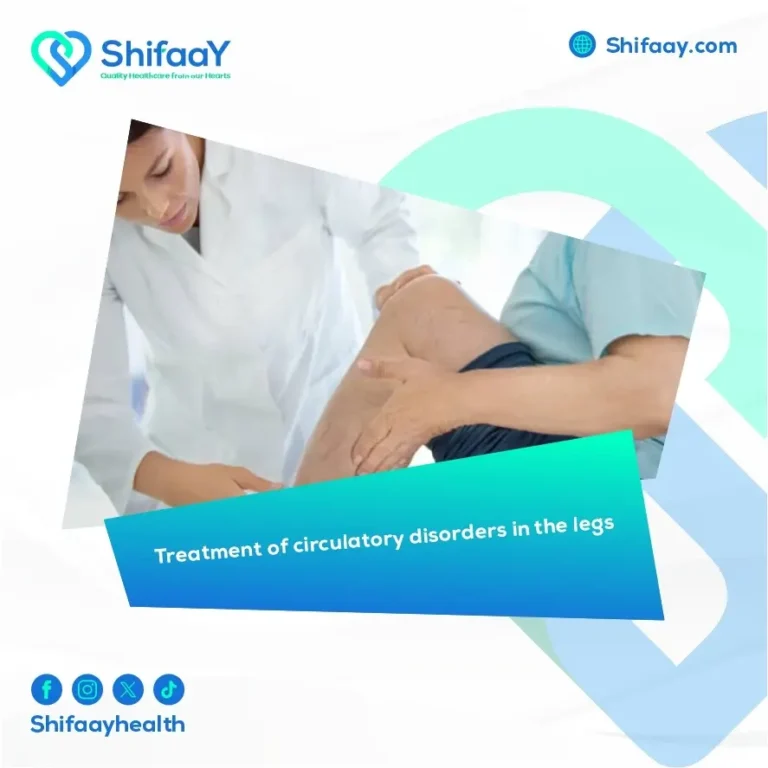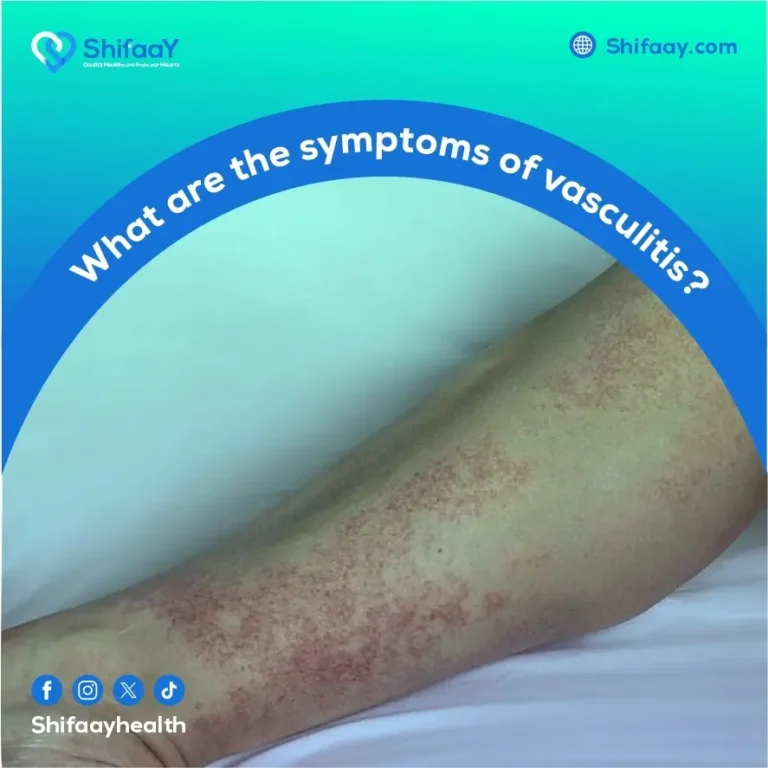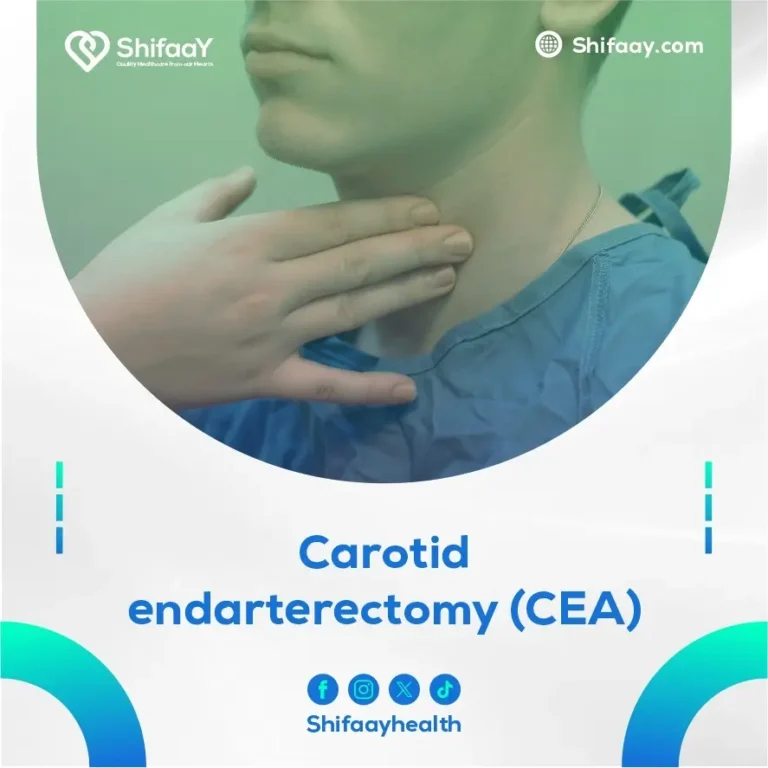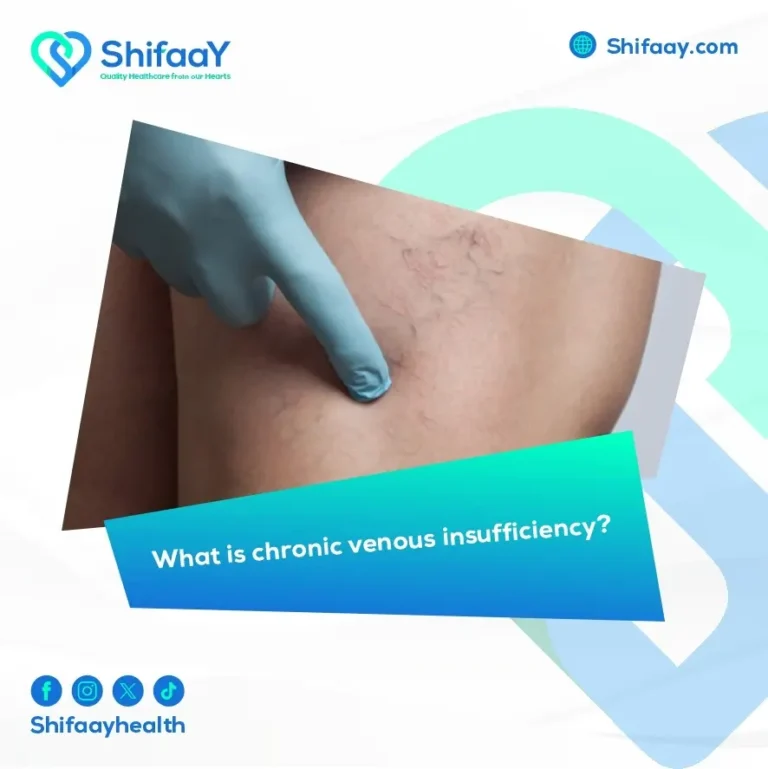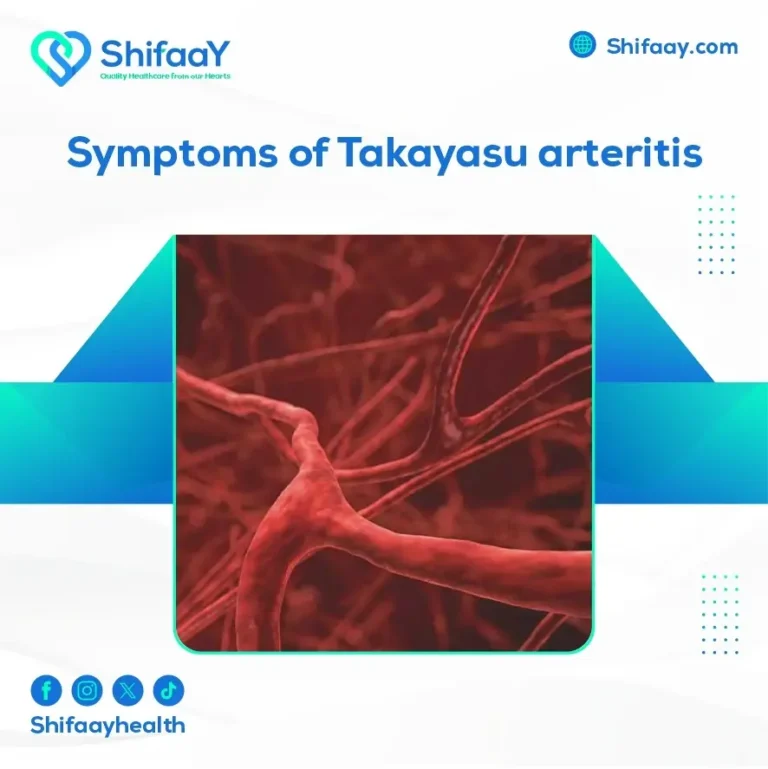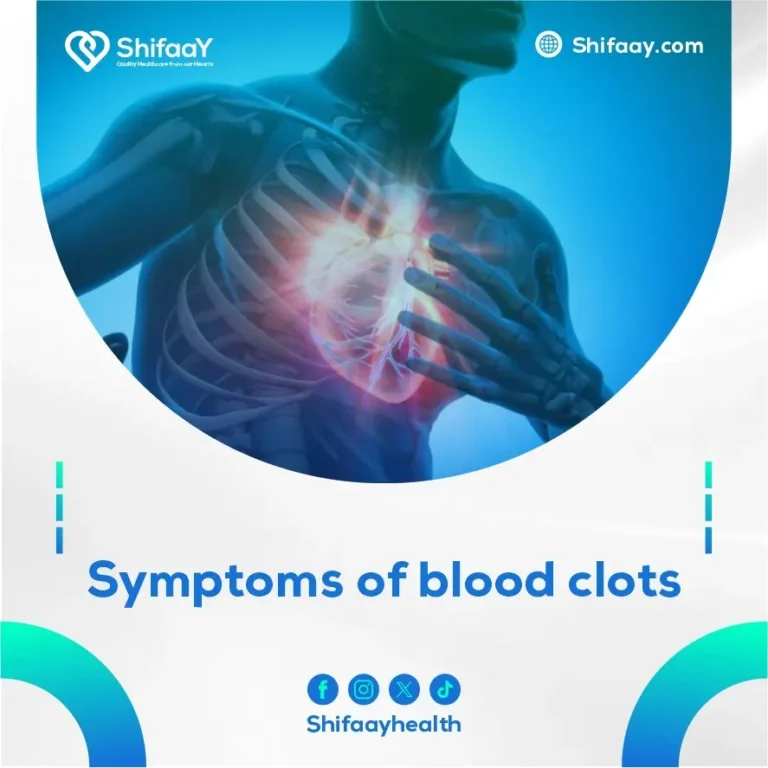Symptoms of Varicose Veins
Many people ask: What is varicose vein disease? This question often arises among individuals who notice changes in the appearance of the veins in their legs or experience unexplained heaviness and pain, especially towards the end of the day after prolonged standing or sitting. Varicose vein disease is one of the common vascular conditions that affect the venous system. It results from weakened or damaged valves within the veins, leading to impaired blood flow. Instead of flowing back to the heart normally, blood pools in the veins, causing them to become enlarged, swollen, and visibly discolored under the skin—particularly in the legs and thighs. These veins often appear twisted and are bluish or purplish in color. They may also be accompanied by burning sensations, itching, or even nighttime muscle cramps.
The symptoms of varicose veins usually begin mildly, such as a feeling of heaviness or slight pain in the legs. Over time, these symptoms may develop into noticeable swelling, itching, and skin discoloration in the affected areas. The veins often become more prominent, significantly affecting physical comfort and the cosmetic appearance of the legs. In more advanced cases, serious complications may arise, such as vein inflammation (phlebitis), bleeding from affected veins, and even skin ulcers that are difficult to heal, especially around the ankles. Therefore, early management of varicose vein symptoms is essential to prevent disease progression and minimize complications—whether through conservative treatment or modern techniques such as laser therapy or sclerotherapy.
This is where Shifaay Healthcare Center plays a vital role. As one of the leading specialized medical centers in diagnosing and treating varicose vein disease at all stages, the center combines advanced medical expertise with state-of-the-art therapeutic technologies to deliver safe and comprehensive care. Shifaay offers accurate assessments using advanced Doppler imaging systems to determine the extent of venous impairment. Based on these results, a personalized treatment plan is proposed—ranging from conservative approaches like compression stockings and lifestyle adjustments to non-surgical procedures such as laser therapy or foam sclerotherapy. These methods have proven effective in eliminating varicose veins and restoring healthy blood circulation, making them an ideal choice for many patients.
Varicose Vein Treatment
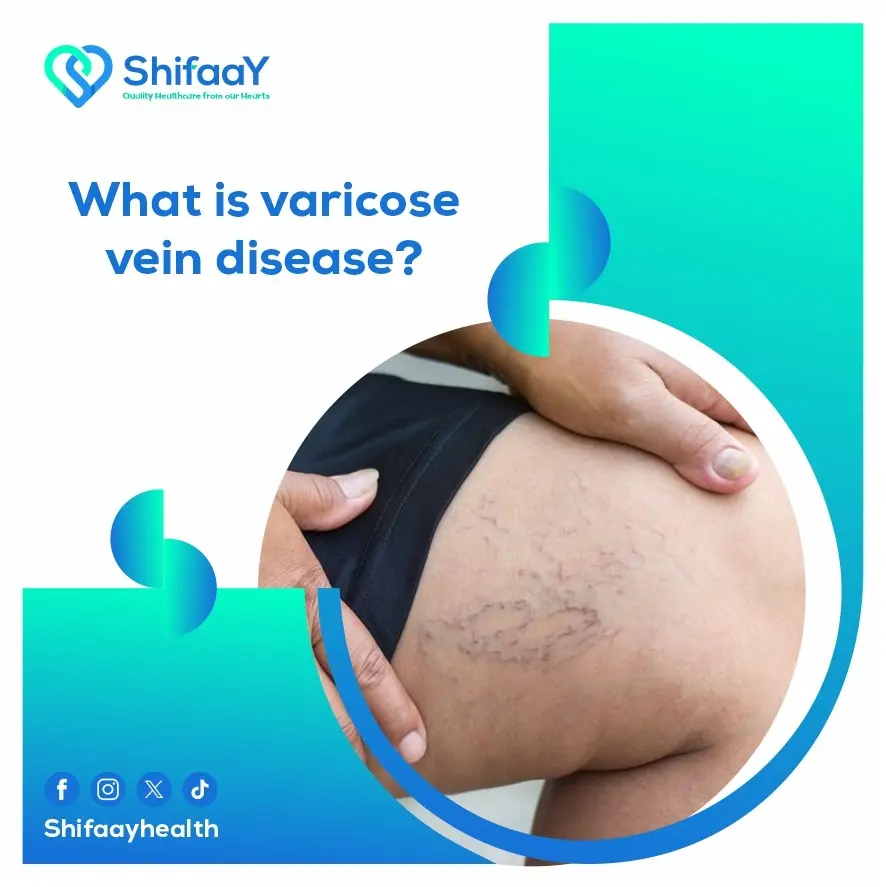
Treating varicose veins is a key concern for many individuals suffering from these swollen and visible veins beneath the skin. Not only do they impact the aesthetic appearance of the legs, but they also cause pain and heaviness, limiting the ability to perform daily activities. Symptoms tend to worsen over time if not managed promptly, making it essential not to ignore the condition and to seek timely medical consultation from Shifaay Healthcare Center. This ensures accurate diagnosis and an effective treatment plan that helps relieve symptoms, improve blood circulation, and prevent potential long-term complications that could affect leg health.
Treatment for varicose veins involves several options, depending on the severity of the condition. These include:
Conservative Treatment:
Wearing compression stockings, regularly elevating the legs, and avoiding prolonged standing or sitting.
Pharmacological Therapy:
Doctors may prescribe medications aimed at strengthening vein walls and enhancing blood flow.
Laser Therapy or Sclerotherapy:
These non-surgical techniques are commonly used to close off damaged veins without the need for surgery.
Surgical Procedures:
In advanced cases, surgical removal of the affected veins may be necessary using minimally invasive or traditional methods.
Read aslo: What are the symptoms of vasculitis?
Home Treatment for Varicose Veins
Home treatment for varicose veins is sought after by many individuals who experience the appearance of bulging veins or a feeling of heaviness in the legs after a long day—particularly those who consistently look for safe and simple medical solutions that can be implemented daily without the need for surgical or costly medical intervention. These methods offer a sense of relief and gradual symptom improvement while allowing individuals to maintain their daily lifestyle without complications. Below are a set of simple steps that can help manage varicose veins at home and enhance blood circulation:
Leg Elevation: Elevate your legs to the highest possible level while resting to improve blood flow and reduce pressure on the veins.
Regular Exercise: Engage in regular physical activity, especially walking, as it stimulates circulation and helps reduce blood pooling in the legs.
Compression Stockings: Wearing compression stockings can significantly aid in improving blood flow and reducing swelling.
Avoid Prolonged Sitting or Standing: Change your position every 30 minutes to avoid long periods of immobility.
Weight Management: Maintaining a healthy weight is essential as excess weight adds extra pressure on the veins.
Natural Oils for Massage: Use natural oils such as lavender or peppermint oil to gently massage the affected area, helping soothe pain and stimulate circulation.
Dietary Adjustments: Follow a diet rich in fiber and antioxidants to support vascular health and prevent constipation, which can exacerbate varicose veins.
Pharmacy Treatments for Varicose Veins
Many people may not realize that there are several effective treatment options for varicose vein disease available at local pharmacies, eliminating the need for surgical procedures or exhausting treatment sessions. These pharmaceutical treatments are now considered a practical and safe alternative that helps relieve symptoms, improve blood flow, and strengthen vein walls—contributing to condition management and preventing its progression, especially when used under medical supervision or guidance from specialists at a health center like shifaay. The following are the most prominent over-the-counter treatment options for varicose veins:
Topical Gels or Creams: Products containing heparin or horse chestnut extract significantly help improve circulation and reduce swelling.
Oral Flavonoid Medications: Such as Diosmin and Hesperidin, which work to strengthen the vessel walls and reduce inflammation.
Medical Bandages or Compression Stockings: Available in various compression levels, they are commonly used to support circulation in the legs and reduce blood pooling.
Dietary Supplement Capsules: Such as Vitamin C and protein supplements, which support capillary strength and improve vein elasticity.
Herbal Sprays: Containing chamomile or peppermint extract, these are often used to relieve pain and the sensation of heaviness.
Best Ointment for Varicose Vein Treatment
Topical ointments are one of the supportive treatment options relied upon by many individuals to relieve bothersome symptoms related to varicose veins—such as pain, swelling, and inflammation. They greatly contribute to stimulating circulation and enhancing blood flow within the veins, helping reduce pressure and prevent further complications. Among the popular and effective options available in pharmacies are:
Thrombophob Gel:
This gel contains heparin, known for its strong anticoagulant properties and its ability to promote smooth blood flow through the veins. It directly helps reduce swelling and minimizes the risk of clot formation, especially in cases associated with venous stasis.
Diclofenac Gel:
A non-steroidal anti-inflammatory drug (NSAID) commonly used to relieve pain and reduce swelling. It is particularly effective for individuals experiencing inflammation associated with varicose veins after long hours of standing or sitting.
Venosil Cream:
A specialized formula designed to strengthen weakened vein walls. It is regularly used to reduce the feeling of heaviness and discomfort caused by poor circulation, and may enhance comfort with consistent use.
Important Note:
All ointments used for the treatment of varicose vein disease are considered complementary therapies and should never replace consultation with a specialized physician—especially in advanced stages of the condition.
Causes of Early-Onset Varicose Vein Disease
There is no doubt that the appearance of varicose veins at an early age can be a source of concern for many young people, especially when the condition is linked to factors that are difficult to control, such as genetics or certain lifestyle habits that can be modified. Below is a comprehensive overview of the most prominent causes that may contribute to the early development of varicose vein disease:
- Genetic Factors:
Heredity is one of the most significant triggers of varicose vein disease. The likelihood of developing the condition increases among individuals with a family history, especially if one or both parents are affected. - Excess Weight:
Obesity not only affects general appearance and overall health but also imposes additional pressure on the veins, leading to the weakening of their valves over time, thereby increasing the risk of the disease. - Physical Inactivity:
Prolonged sitting or standing without regular leg movement often slows down blood circulation, causing blood to accumulate in the superficial veins. - Hormonal Changes:
Hormonal fluctuations during developmental stages, such as puberty, may lead to temporary weakening of vein walls, paving the way for the emergence of varicose veins. - Repetitive Injuries:
Frequent leg injuries—especially among individuals engaged in high-impact sports—may cause gradual structural damage to the veins.
Preventive Tip:
If you fall within the at-risk category, try to maintain a healthy weight, monitor any changes in the appearance of leg veins, and incorporate daily physical activity into your routine to help prevent varicose vein disease.
Symptoms of Varicose Vein Disease in Women
Symptoms often begin subtly and may go unnoticed at first. However, they are early indicators of circulatory dysfunction that should be taken seriously. Mild itching or a sensation of heaviness in the legs may not initially raise concern, but these symptoms can develop into chronic pain, visible swelling, and noticeable changes in vein appearance, negatively impacting quality of life and daily activities. Early awareness of unusual leg changes is crucial for maintaining vascular health and preventing complications.
Common symptoms include:
- Persistent itching around the affected veins.
- Bulging veins appearing blue or purple on the skin surface.
- Noticeable swelling in the veins.
- Increasing pain, especially after long periods of standing.
- Constant tightness in the leg muscles.
- A general sense of heaviness and discomfort in the legs, worsened by movement or walking.
- Unexplained bleeding, even from minor injuries.
Interestingly, most symptoms tend to improve temporarily when the legs are elevated or while lying down. However, this should never replace a medical consultation, particularly with a specialized provider such as Shifaay Health Care Center.
Treatment of Varicose Vein Disease in Women
Treatment has become a major concern for many women, particularly after the age of thirty, when physical changes—including varicose veins—become more noticeable and bothersome both in appearance and discomfort. Many seek safe and effective medical solutions that avoid surgery and complications. Shifaay Health Care Center offers specialized services combining advanced technologies with comprehensive care for each case.
Available treatment options include:
Medical Compression Stockings: A primary step aimed at improving circulation and reducing swelling.
Topical Ointments: Containing active ingredients to relieve inflammation and pain.
Laser or Radiofrequency Therapy: Modern techniques used to permanently close the affected vein without surgery.
Sclerotherapy: Ideal for mild to moderate cases; involves injecting a medical solution to gradually shrink the vein.
Traditional Surgery: Reserved for severe cases unresponsive to other treatments.
Early diagnosis increases the chances of recovery and minimizes potential complications, making timely attention to symptoms essential.
Causes of Varicose Vein Disease in Young Women
Women are more susceptible to varicose vein disease due to hormonal and physiological factors unique to the female body, particularly during certain life stages. Varicose veins develop gradually as contributing factors accumulate, eventually causing veins to enlarge and bulge, affecting appearance and causing discomfort or heaviness in the legs.
Key contributing factors include:
Pregnancy: Increases pressure on leg veins due to increased blood volume and uterine enlargement, which hampers efficient blood flow.
Hormonal Fluctuations: Changes during menstruation or menopause can affect vein elasticity, weakening the valves and leading to blood pooling.
Wearing High Heels: Limits the natural movement of leg muscles, reducing blood flow back to the heart.
Oral Contraceptives: May elevate the risk due to their impact on estrogen levels, which can weaken vein walls.
Women should recognize the importance of early prevention and care, as small lifestyle adjustments can make a significant long-term difference.
Topical Creams for Treating Spider Veins in the Legs
Topical creams for spider veins are among the most popular medical solutions, especially for women affected by fine red or blue lines on the skin surface, which can affect leg aesthetics and self-confidence. These creams are favored for their ease of use and visible results, as they help strengthen capillary walls and improve local blood flow, gradually restoring the healthy appearance of the legs.
Key features of effective creams:
Include natural active ingredients like Horse Chestnut Extract, Heparinoid, and Vitamin K, all of which enhance vascular strength and blood circulation.
Reduce redness and inflammation caused by capillary dilation, resulting in more even skin tone.
Easy to use at home by gently massaging the cream twice daily.
Results typically begin to appear within a few weeks of regular use.
Recommended to choose trusted, dermatologist-tested products with positive user reviews.
Top Varicose Vein Ointments in Egypt

There has been a growing interest in topical varicose vein treatments in Egypt due to increasing complaints—especially among women, office workers, and those who stand for long hours—about bulging leg veins, heaviness, and persistent discomfort. Many are seeking effective, non-invasive topical solutions to relieve symptoms and improve leg appearance without complex procedures.
Top ointments used in Egypt include:
Hirudoid Cream: Contains Heparinoid to reduce inflammation and clots and enhance blood flow.
Pharmalgen Gel: Offers symptom relief using a natural-based formula.
Thrombophob Gel: A widely available treatment that reduces varicose-related pain and swelling.
Venosmin Cream: Rich in natural extracts that support vein function and improve skin appearance.
Read aslo: Dental veneers prices in Egypt
What Causes Varicose Vein Disease?
Varicose veins typically result from weakened or damaged vein valves, causing blood to pool and veins to enlarge. This leads to their prominent, visible appearance under the skin, often accompanied by leg pain or heaviness—especially after prolonged sitting or standing without movement.
Can Varicose Vein Disease Be Cured?
In some cases, varicose vein disease can be cured through early treatment and lifestyle changes. Symptoms can be effectively managed with ointments, compression stockings, laser therapy, or surgery, depending on the severity.
